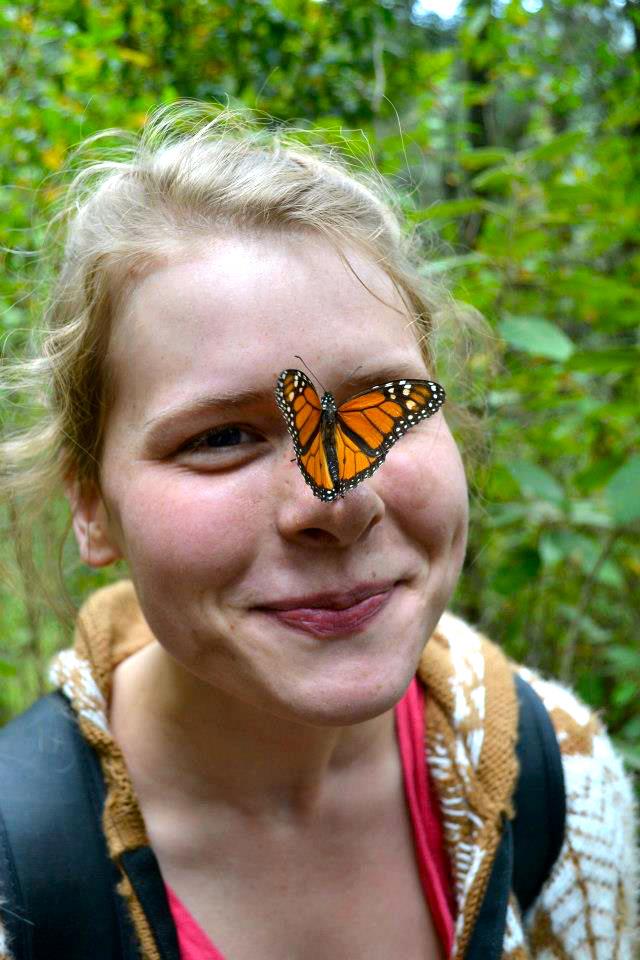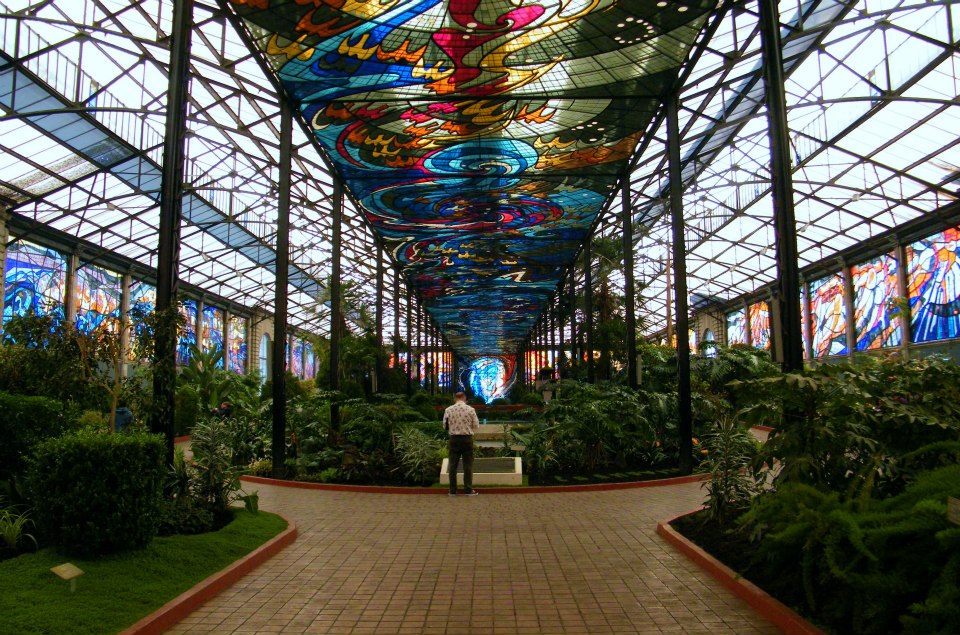This past week we all were really able to
see how beneficial and just how much we got out of this whole experience living
in Mexico for a semester and being in this program. We had an assignment where we were to choose
any topic that we learned about in our time here that touched us and make some
sort of creative presentation to bring back to our communities back home. People
wrote poems and sermons, one student painted a mural, I made a video and there
was so much diversity to not only the way in which people where presenting
these topics but also in the topics that people choose. For example, I chose to
do my presentation on feminicidios because during my time here learning about
that really moved me emotionally, while another student did a presentation on
breaking down negative stereotypes of Mexico. Listening to all of these
presentations put into perspective just how much we learned during our time
here.
On Friday we went to our professor’s house
for our last activities with one another as a group. We talked and discussed a
lot about what we want to bring back with us from this experience and we made
personal pledges. We also talked a lot about reverse culture shock. I never
thought in a million years that I would be scared to go back home, but I have
grown so much and I am such a new person from this experience that now I
question whether or not I will be able to fit back into the life that I left to
come to Mexico. What is one to do with so much new knowledge of the world that
they live in? I think of it like this… you know how when you get new glasses or
a new prescription and the first time you put the glasses on things are a
little blurry before everything becomes clearer? That’s exactly how I feel
about my experience in Mexico. I was given new lenses to look at my world
through, going home is going to be blurry for me at first but I have confidence
that everything will become much more clear.
































